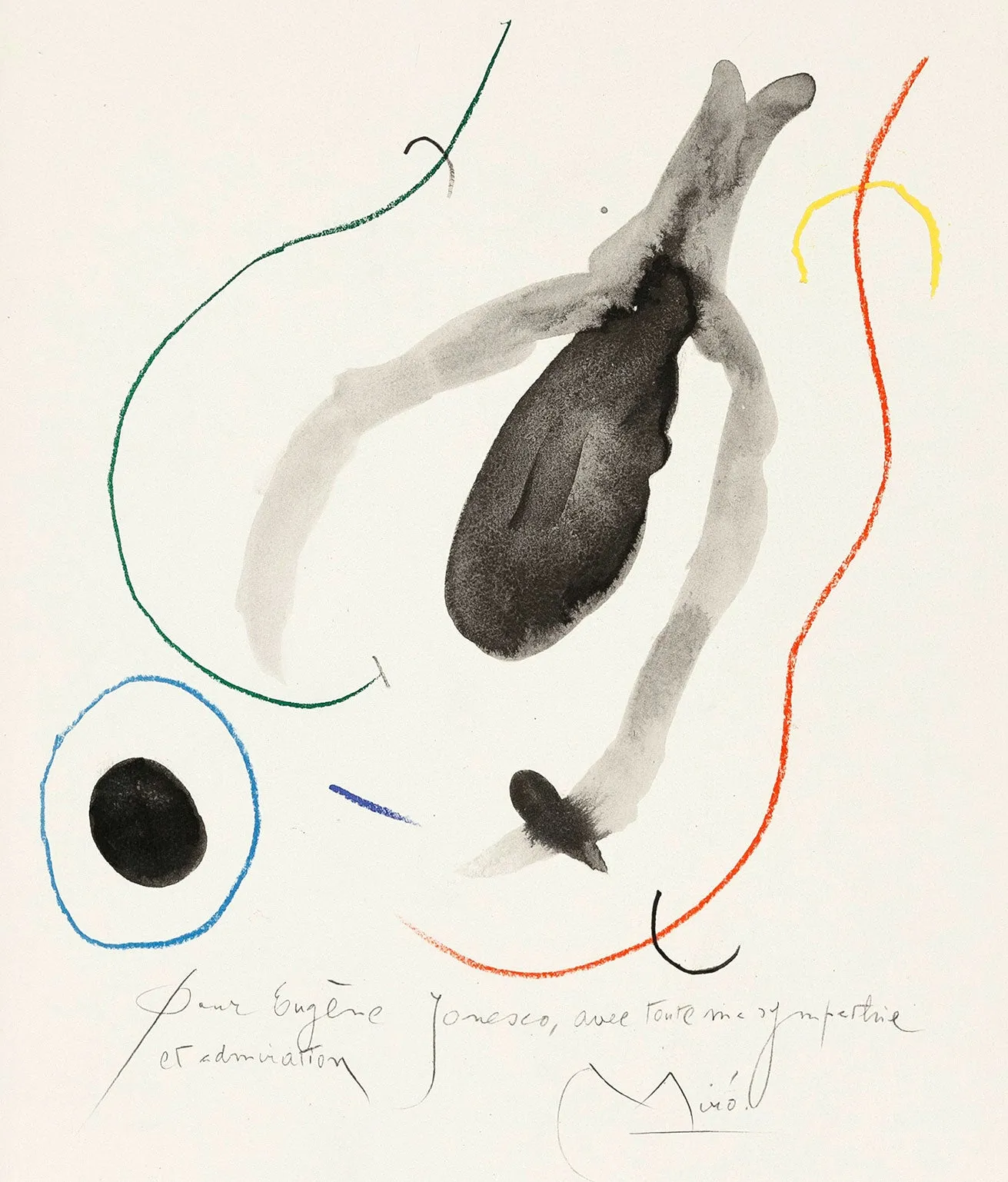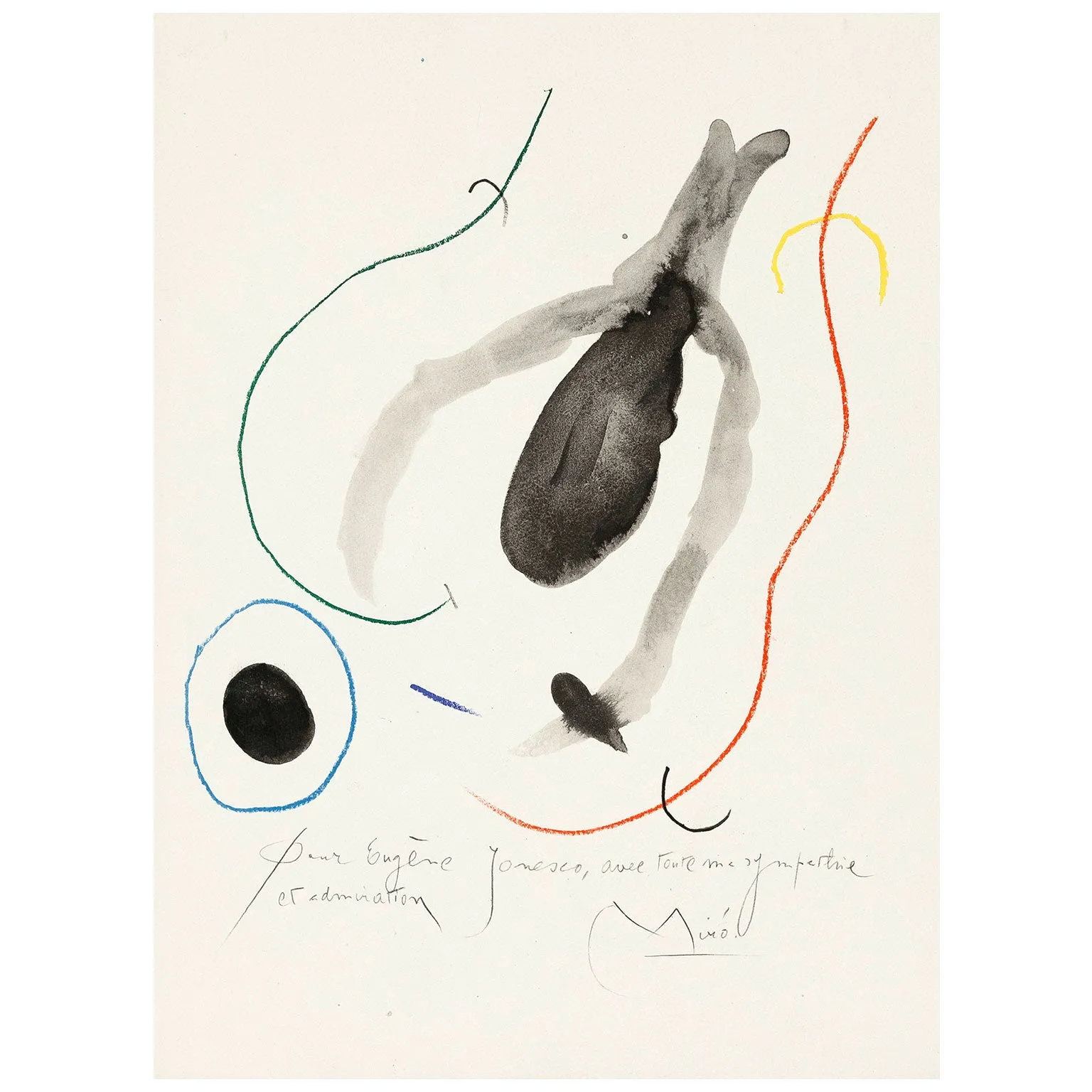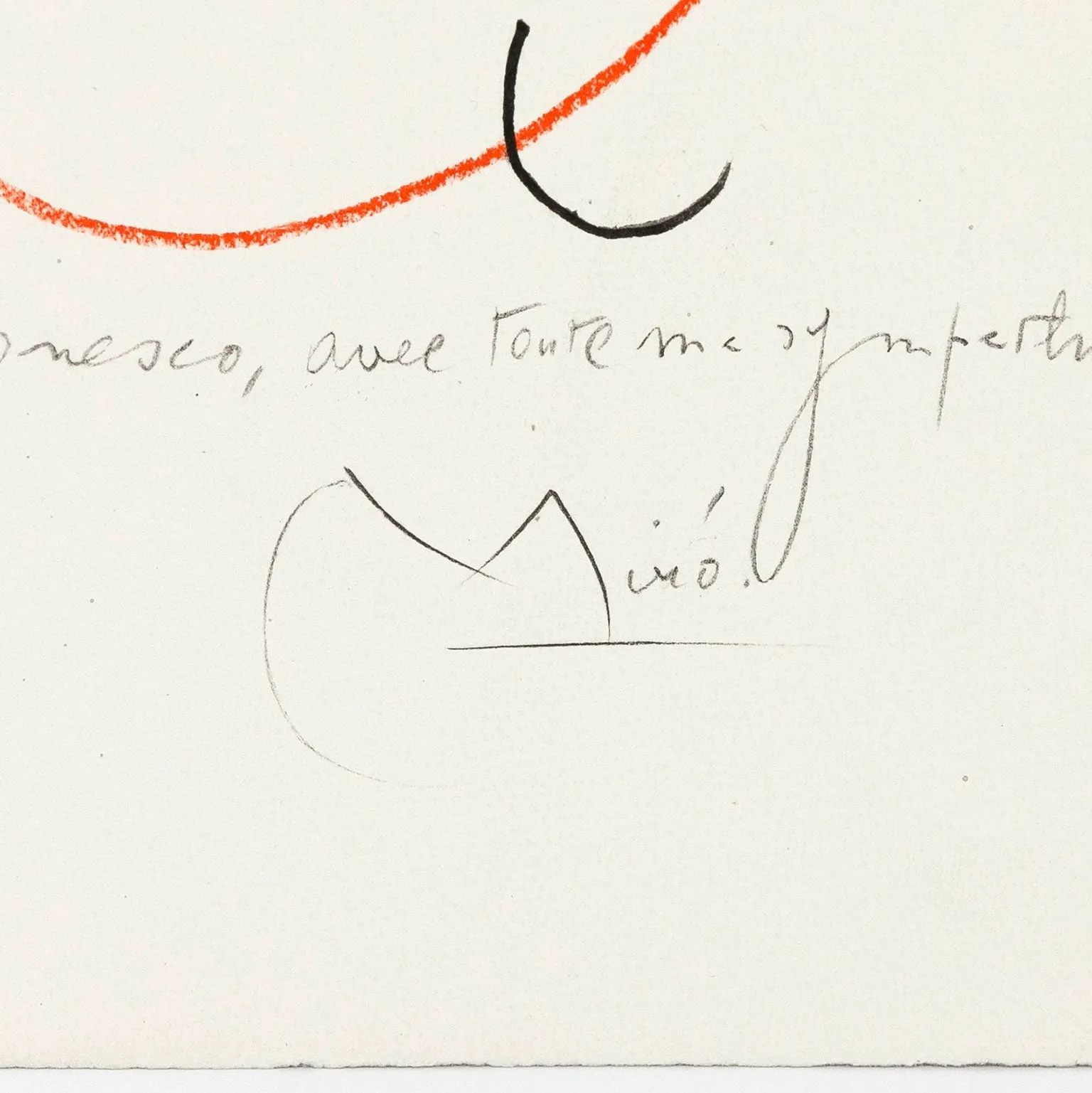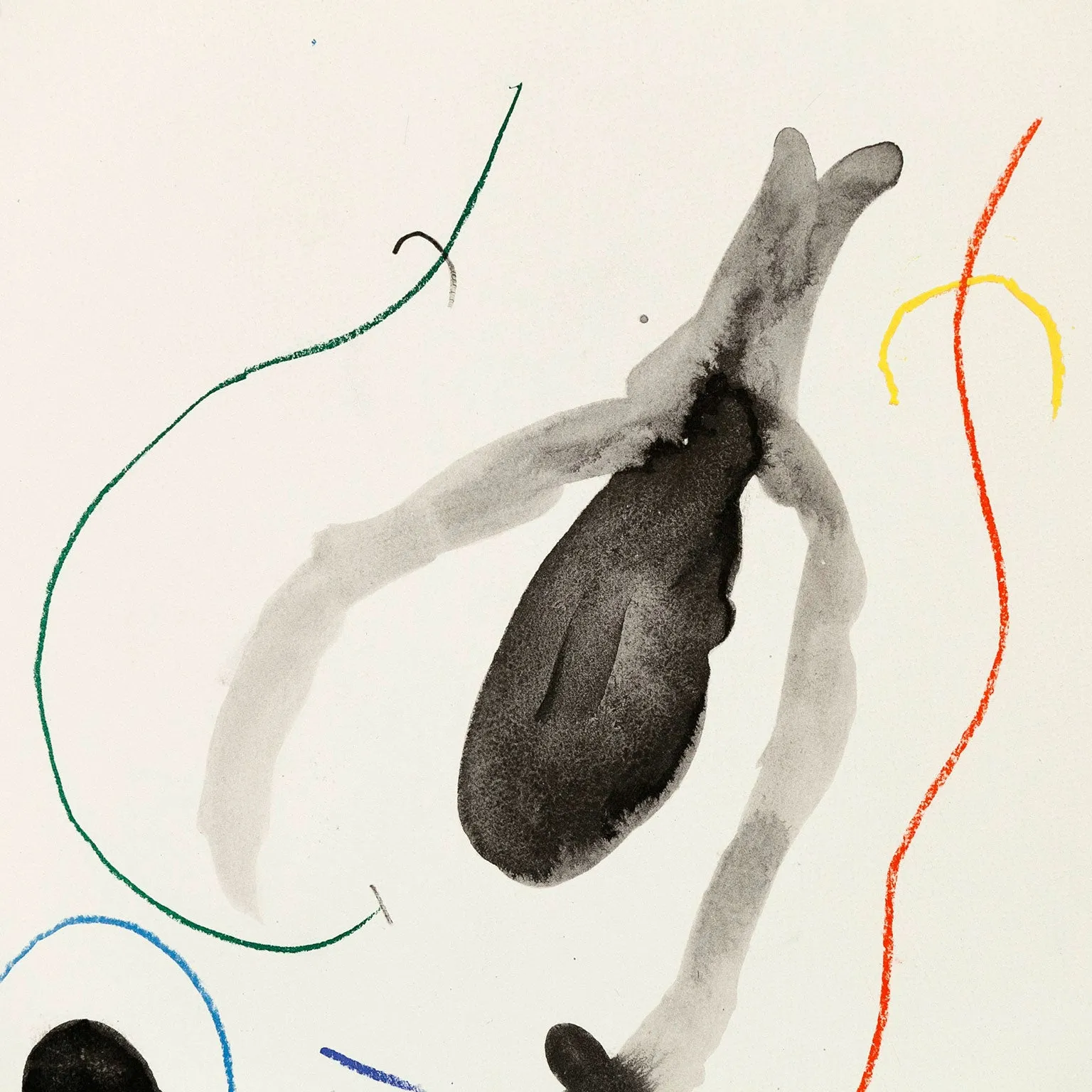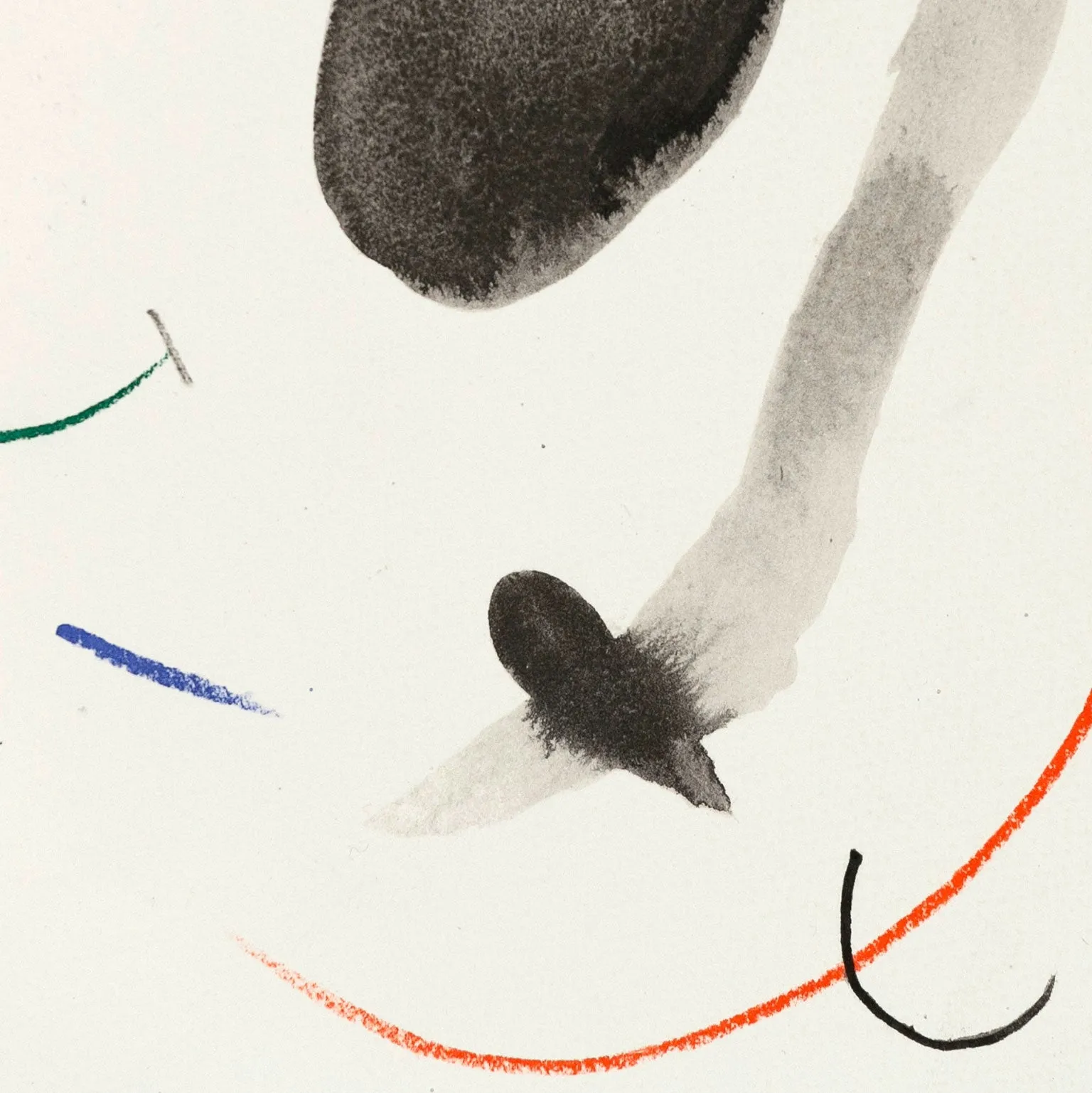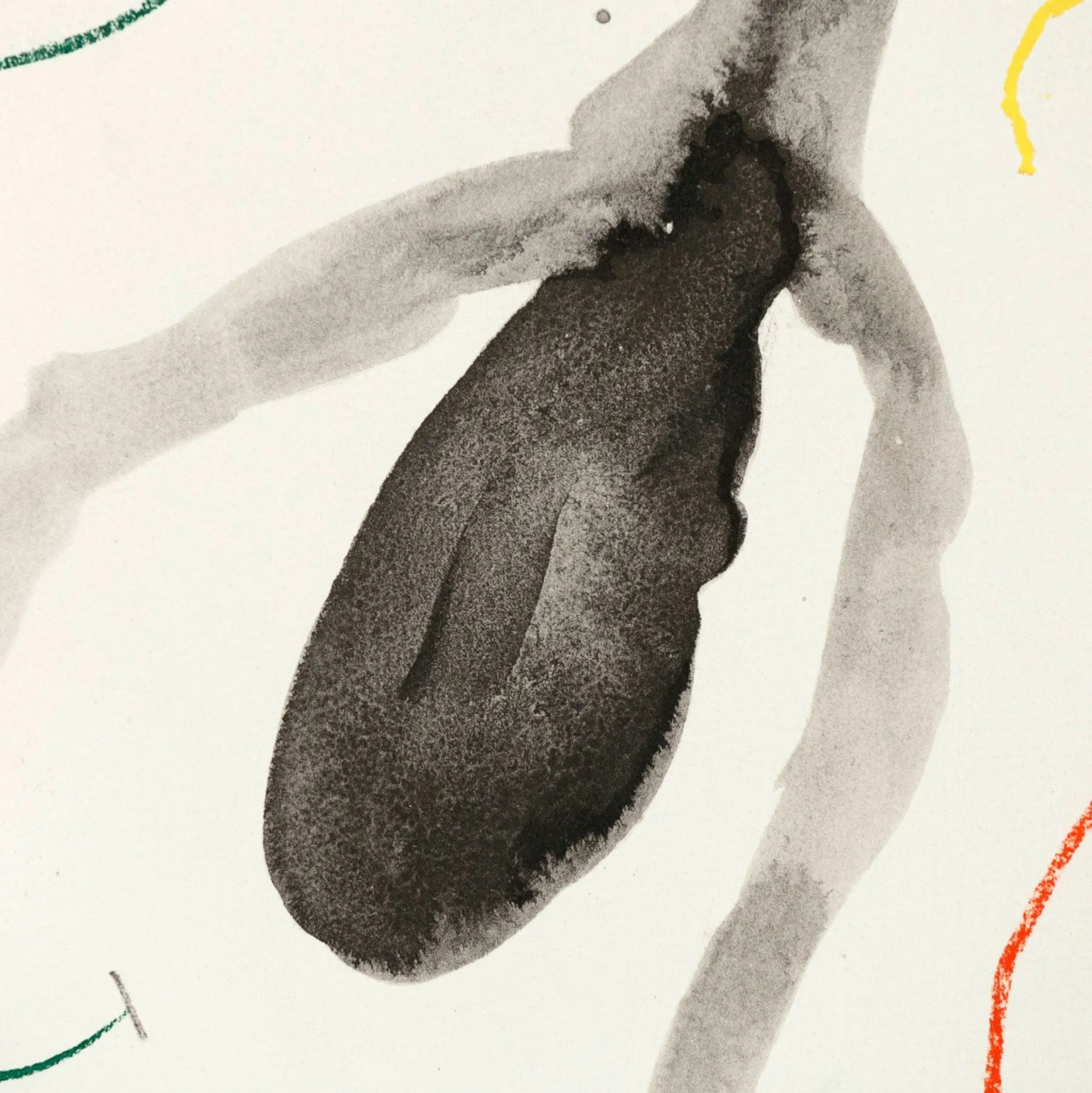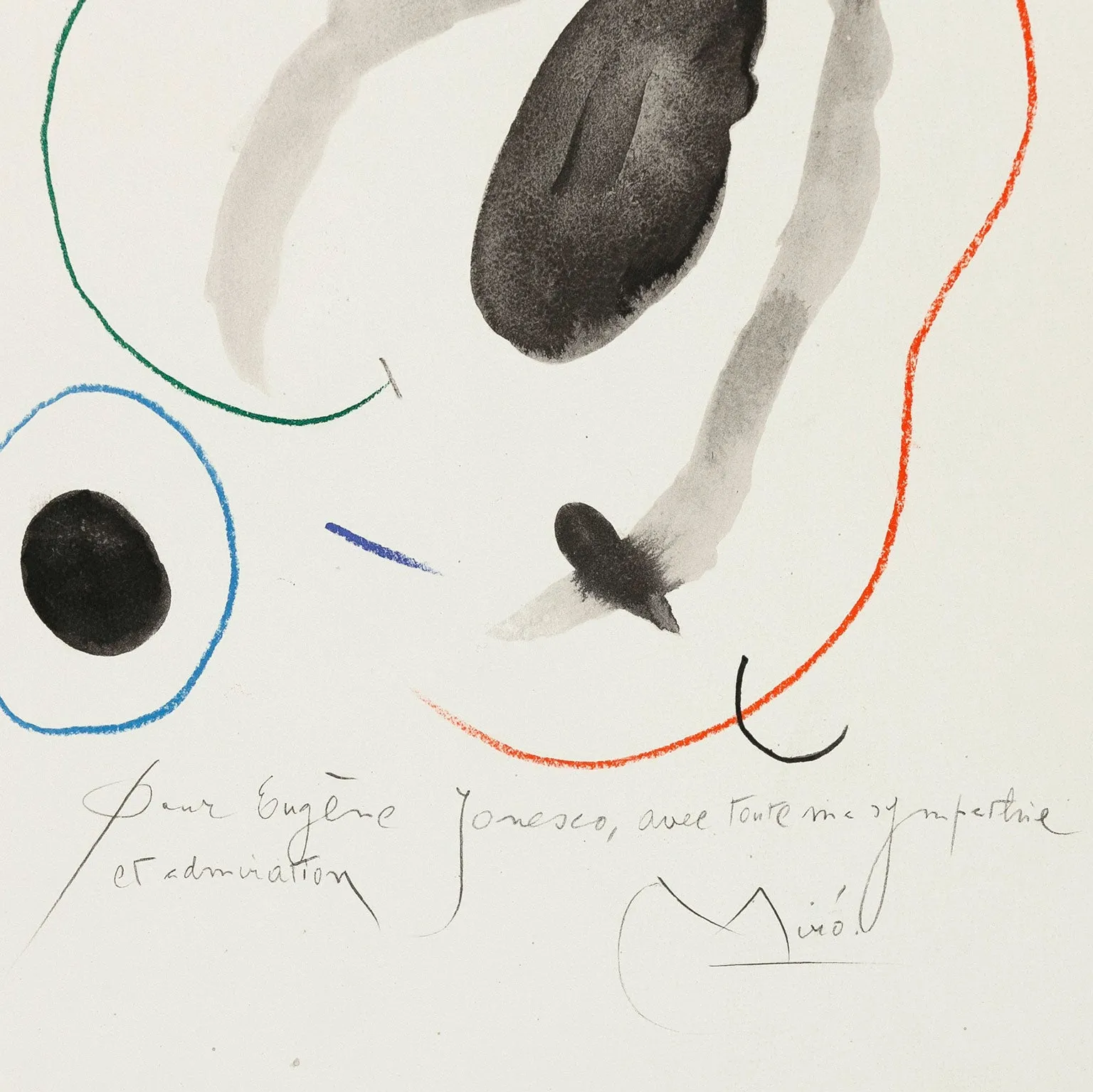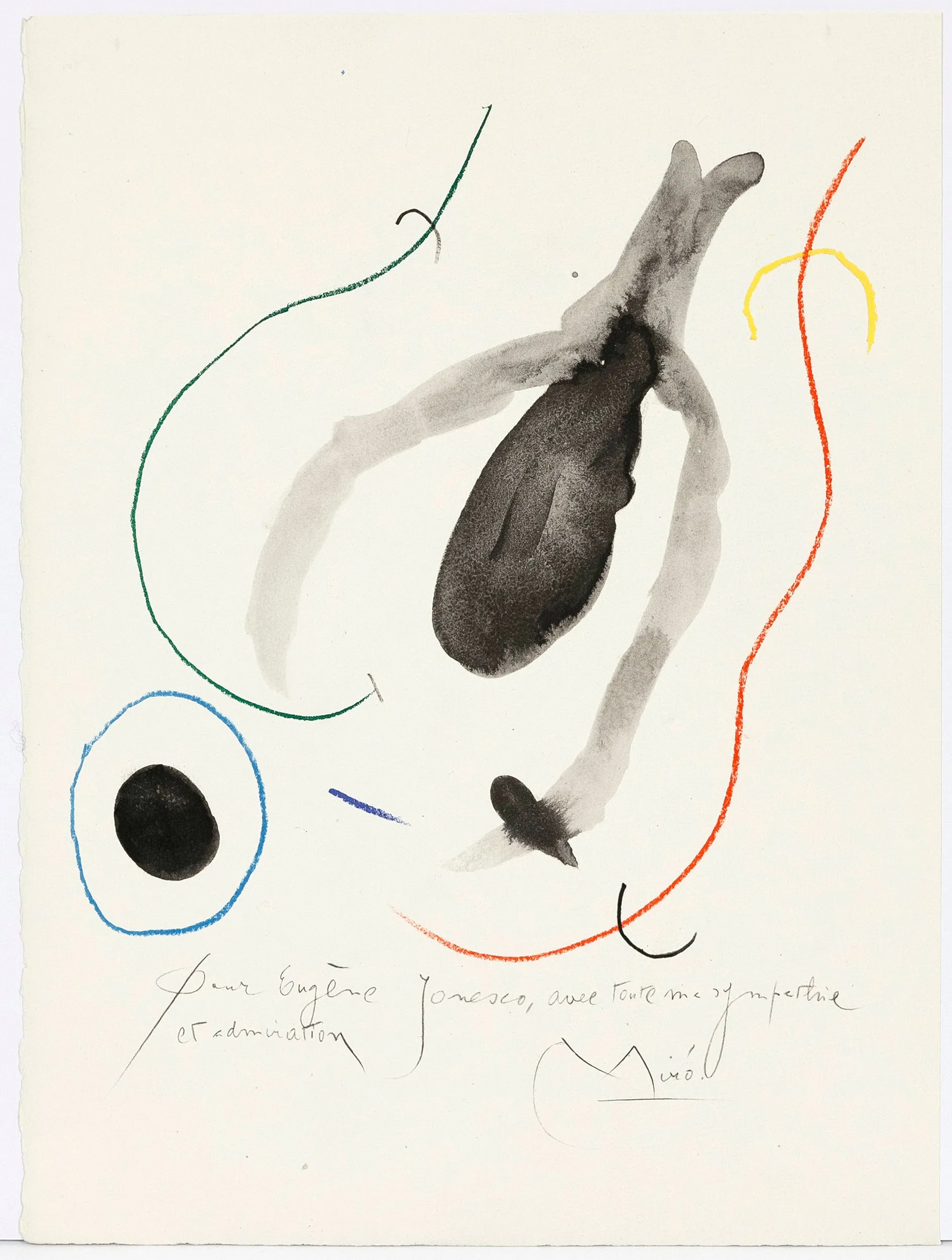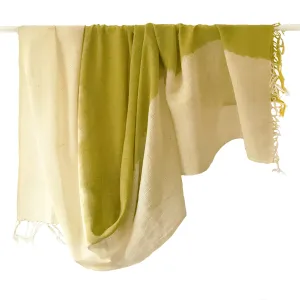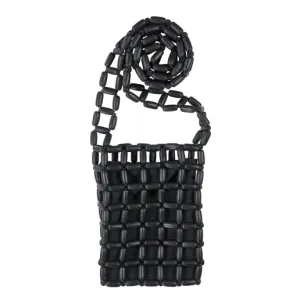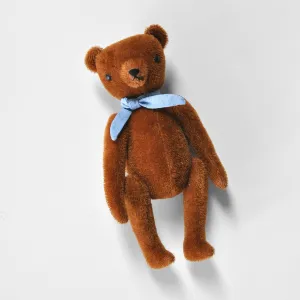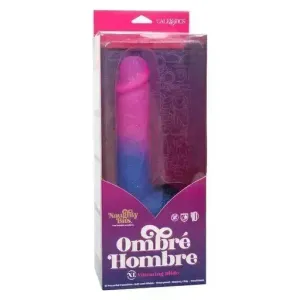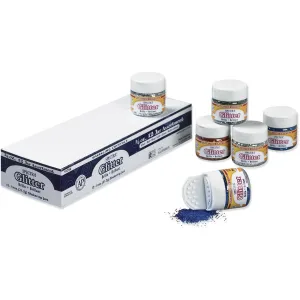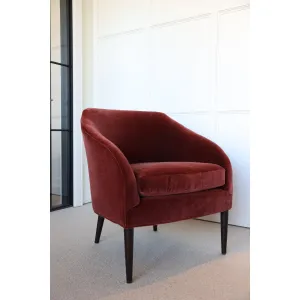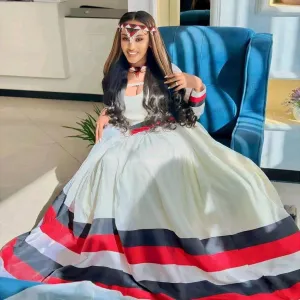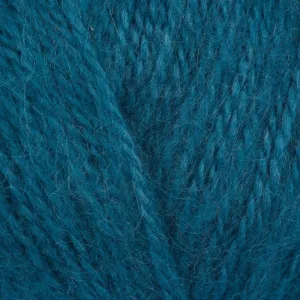Joan Miró is one of the greatest artists of the 20th century. He is renowned internationally as a painter, sculptor, and ceramicist. Miró’s works began receiving international attention in the 1920’s and continued creating in an array of media until the time of his death in 1983.
A museum dedicated to his work, the , was established in his native city of Barcelona in 1975, and another, the , was established in his adoptive city of in 1981. A museum collecting 20th century art would be lacking if they did not have a Miró in its permanent collection.
Miró’s passionate rejection of traditional painting led him to reference and experiment with multiple styles including Cubism, Dutch Baroque and Fauvism. His time in Paris in the 1920‘s and subsequent exposure to Surrealism helped develop his style into the eccentric and symbolic works he is best known for. Miró developed a unique visual language through combining abstract elements, specific colors, and reoccurring motifs. His best known period of work began in the early 1960’s where he began receiving many public work commissions. His works are noted for their freshness, body language, and deep meanings. He is an important bridge between Surrealism and abstraction.
This print is a paradigm of his work and artistic expression. It is from the “Quelques Fleurs” portfolio. The prints in this portfolio were based on watercolors from his book “Je Travaille Comme un Jardiner” (“I work like a Gardener”) that were reproduced by Miró as an edition of prints. Each print in this portfolio was dedicated to one of his friends.
This particular work (#14) is dedicated to the Romanian-French playwright Eugene Ionesco (1909-1984) one of the most cherished contributors to the French avant-garde. Incidentally, Ionesco was also a good friend of (and occasional collaborator with) Sorel Etrog.
Questions about this artwork? or call 1.416.704.1720
“Quelques Fleurs pour des Amis: Eugene Ionesco (#14)"
Lithograph
France, 1964
Signed in the plate.
15”H 11”W (work)
Very good condition.
Note: images of the original portfolio box and colophon page can be emailed by request.
Literature: William Griswold. . New York : Pierpont Morgan Library, 2001.

